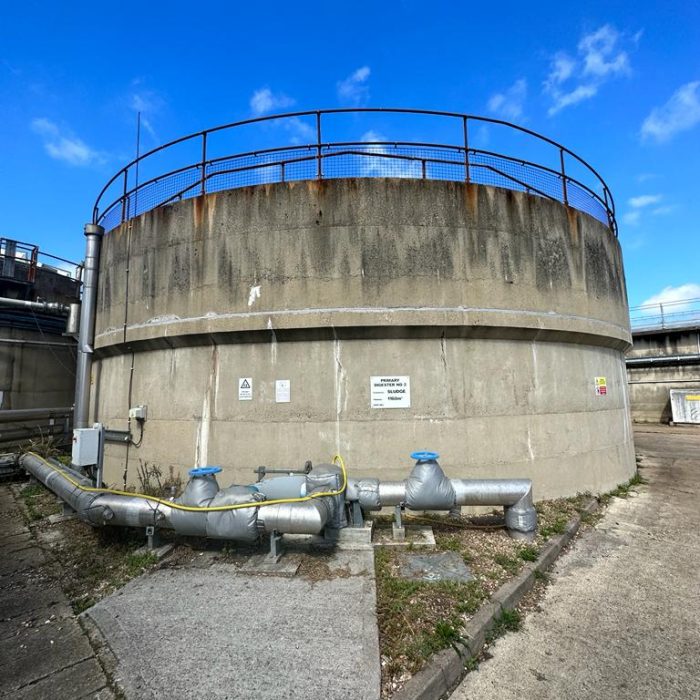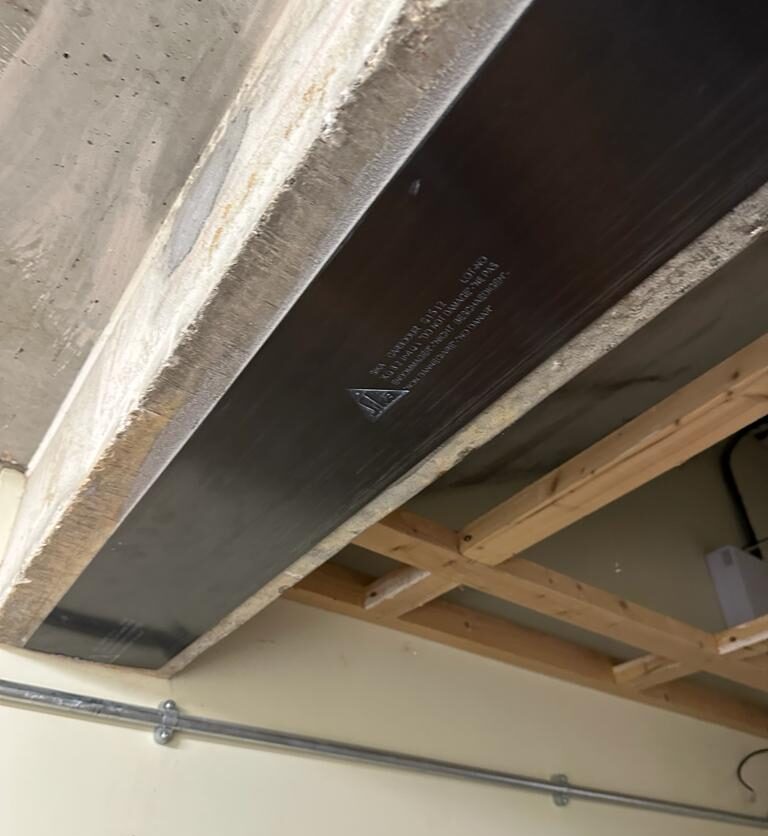Carbon Fibre Reinforcement
What is Carbon Fibre Reinforcement?
As an advanced method, carbon fibre reinforced polymer (CFRP) systems are used for structurally strengthening concrete elements in buildings and infrastructure.
Specifically, CFRP sheets or plates made of high-strength carbon fibres embedded in an epoxy resin matrix are bonded to the surface of concrete members such as beams, columns, walls, and slabs by using adhesives.
With their extremely high strength and stiffness properties, these lightweight CFRP materials can increase the flexural, shear, and fatigue strengths of the concrete member.
In the UK, carbon fibre reinforcement is commonly used for
Seismic retrofits, repair and upgrade of car parks.
Increasing load capacity of floor slabs in office buildings.
Correcting construction defects in concrete.
When properly designed and installed, CFRP strengthening provides an economical way to improve the strength and ductility of concrete structures for changed service conditions or deterioration over time.
Because of advantages like
- Speed of installation
- Minimal structural disruption
- Lack of corrosion
- High fatigue resistance
It has become a preferred option over conventional techniques like exterior steel plate bonding for strengthening existing concrete infrastructure in the UK.

What is Carbon Fibre?
Carbon fibre is a very strong, lightweight and flexible material made by weaving together thin strands of carbon atoms into a composite material.
Here are some key facts about carbon fibre:
- It is made of incredibly thin strands of carbon atoms (about 5-10 micrometers thick) bonded together in crystals aligned in the same direction.
- The carbon atom strands are woven into yarns, which can be shaped into various forms like sheets, plates, tubes, etc.
- The yarns are held together using a polymer resin like epoxy, nylon or polyester to form a rigid composite material called carbon fibre reinforced polymer (CFRP).
- Carbon fibres have a very high strength-to-weight ratio, which makes them stronger and stiffer than steel while being much lighter.
- They also have high chemical resistance, high temperature tolerance, low thermal expansion and high tensile strength.
- Common applications take advantage of its strength, rigidity and lightweight properties. These include aircraft and automotive parts, sporting goods, civil engineering, and military equipment.
- The aerospace industry was the first to use carbon fibre composites and is still the largest user today due to its ideal strength and weight properties.
- Carbon fibre production involves heating and oxidising strands of polyacrylonitrile or rayon to high temperatures remove non-carbon atoms.
- The manufacturing process leads to different grades of carbon fibre with different mechanical properties for different applications.
So in summary, carbon fibre is a versatile, strong, lightweight woven composite material made of thin carbon strands, with applications across many industries due to its impressive strength-to-weight characteristics.
How Does It Help Structures?
The Structural Repairs team specifically strengthens concrete by bonding thin strips of carbon fibre to it.
These carbon fibre strips boast extremely high strength and stiffness.
First, the team prepares the concrete surface, cleaning it thoroughly to remove any contaminants and debris.
They then apply an epoxy resin to the area where the strips will go.
Next, the team tightly bonds the carbon fibre strips to the epoxy, securing them to the concrete.
This reinforcement then increases the flexural and shear strengths of the concrete member, making it more resistant to cracks and applied loads.
In the past, concrete was traditionally strengthened using heavy, bulky steel plates.
In contrast, carbon fibre reinforcement gives a lighter weight alternative that’s easier for the team to install.
Additionally, it does not corrode like steel does.
Nowadays, the Structural Repairs team commonly uses carbon fibre strengthening when repairing and upgrading concrete beams, floors, walls and columns in buildings, bridges and infrastructure.
It allows them to reinforce the concrete elements for higher loads without full replacement.
Moreover, the carbon fibre strips provide strengthened concrete structures with improved ductility, durability and fatigue resistance over time.
Overall, this technique has become the team’s preferred method for strengthening concrete thanks to its advantages.

Can Structural Repairs Help?
With over 35 years of expertise in concrete restoration and protection, Structural Repairs has become a leader in specialised structural reinforcement and repair solutions.
In particular, their skilled technicians have extensive experience performing carbon strengthening and other advanced repair techniques for damaged or deteriorating concrete infrastructure.
Specifically, Structural Repairs utilises cutting-edge composite materials like carbon fiber reinforced polymer (CFRP) to reinforce concrete elements susceptible to cracks and fatigue damage.
Comprehensively, their services cover inspection, analysis, design, preparation, installation, and maintenance to extend the service life of critical concrete structures.
Whether repairing parking structures, industrial plants, bridges, stadiums or other facilities, Structural Repairs’ depth of knowledge in concrete rehabilitation, paired with their innovative use of carbon fibre strengthening, allows them to provide tailored, long-lasting repairs that meet clients’ unique demands.
With over three decades of real-world expertise, Structural Repairs has reinforced their reputation for high quality, reliable structural renewal.
Contact the team to find out they can help.
Structural Repairs are a leading global specialist